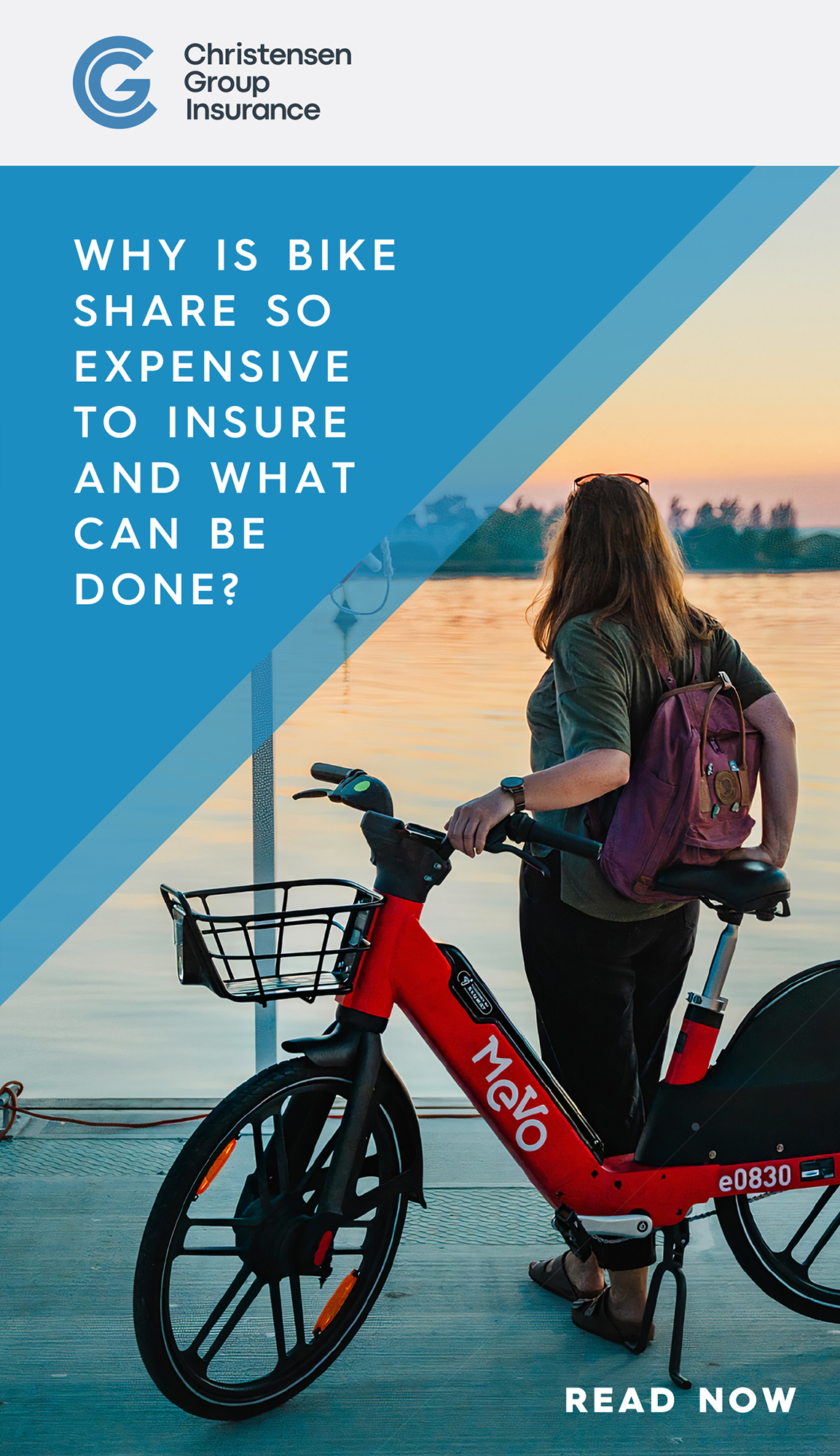In November 2024, the Italian Parliament approved a bill that updated the country’s highway code in response to growing e-scooter usage and rising accident numbers – injuries involving e-scooters rose to 3,365 in 2023 according to the Italian national statistics institute ISTAT.
The new law stipulates that all e-scooters must be insured and fitted with a license plate. Users also must wear a helmet.
The rules around licence plates and insurance are yet to be implemented and will remain on hold, likely until the end of 2025 while essential technical information is collected, but as of 14 December the use of helmets is mandatory.
“The expectation across the industry is that the helmet requirement will massively impact utilisation in the short term,” Alessandro Felici, CEO and Founder of Italian shared micromobility operator RideMovi, tells Zag Daily.
“But it can become a major advantage for micromobility in the long run because people will begin to see e-scooters as a vehicle that follows a set of rules like cars do rather than a toy. I believe it can fundamentally change the perception of the industry.”
Success story
Founded in 2017, RideMovi has become a notable example of profitability within the micromobility space.
It currently operates 35,000 devices (including bikes, e-bikes and e-scooters) across seven countries and roughly 40 cities, and reported a positive EBIT in 2024.
“The majority of our business is still in Italy but we are growing very fast, especially in southern Europe which along with central Europe is a priority area over the next three years,” Felici explains.
To support its expansion, Felici is courting further outside investment, something he deems necessary if the business is to “fully capture its growth potential”.
“The feedback from potential investors has been very positive, largely because we have already demonstrated the ability to deliver profits,” he says.
Costs and benefits
In the aftermath of the new bill’s approval, RideMovi purchased 9,000 helmets from China but these are yet to be distributed – the law places the onus on the rider to wear a helmer rather than the operator.
“To date, only about 100 fines have been issued to riders for not wearing a helmet across the whole of Italy,” Felici says.
“So, after the initial worries from operators, it seems that the rule has already been forgotten about. The lack of plates makes it difficult to enforce, so in terms of market dynamics and consumer habits we are still in a similar place to January of last year.”
While the impact is yet to be felt by operators, Felici does not see this lasting forever.
“We are projecting a 20% to 30% decline in ridership because people don’t like wearing helmets, and the fact that helmets get frequently stolen will likely drive up costs,” he explains.
“Meanwhile, when license plates and insurance policies are also implemented, we expect to see insurance premiums rise by more than €100 per device per year.”
However, he believes that as the rules take shape and are implemented properly, they can lead to a shift in the way that micromobility is understood and engaged with by the general public.
“At the moment, less than 1% of trips are made using micromobility, when you consider cars, buses, trains, etc,” Felici continues.
“Our business should be 10 times bigger than it is at the moment, but right now many people don’t see e-scooters and e-bikes as a viable local transport option. This will change, but it might take years.”
E-scooter’s loss, e-bike’s gain
Despite the prediction of a utilisation drop off of up to 30%, Felici is confident that 75% of the cities that RideMovi services will remain profitable in the short-term.
“Utilisation is really high in a number of the cities where we operate, so even if it falls a little, we can counteract that by expanding into new locations,” he argues.
“We are also shifting the blend of our fleets away from e-scooters, which are impacted by the new law, and towards mechanical bikes and e-bikes. The cost of insurance and buying the helmets has an impact, but this can be offset by increasing our supply of e-bikes.”
Felici believes that the decision to levy these rules on e-scooters but not on e-bikes was a political one by the Italian Government with the deliberate goal of reducing the number of scooters available for hire.
“E-bikes are the preferred device of every city authority in Europe,” he explains.
“They fit everyone, from young to old, and most people know how to ride one already. It is a shame that e-scooters have been legislated against because they are great devices, very small and agile. I would prefer a system where all sustainable vehicles are encouraged but the way that certain operators have rolled out their fleets has caused disorder and politicians are reacting to this.”
Cities like Florence, Bologna and Padua, Felici adds, have continued to operate very functional e-scooter hire schemes because from the very beginning they carefully managed fleet sizes. Now, they all rank in the top 10 across Europe among the best performing cities for micromobility services.
“We managed schemes in all of these locations and built our fleet responsibly and monitored carefully. RideMovi makes maintaining order the number one priority and this has been proven to provide excellent ridership numbers.”
How the updated highway code impacts e-scooter usage in Italy will be interesting to monitor over the next year or so. But it is clear RideMovi is already one step ahead.





